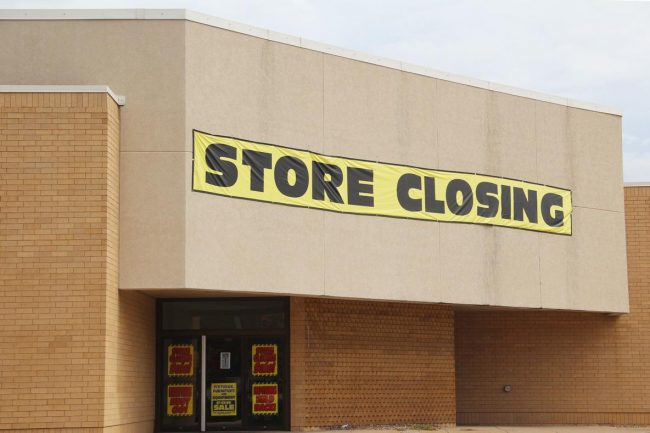Today, we are about as likely to shop online as we are in Brick-and Mortar (BAM) stores. Shopping among people is a dying pastime, and despised by many, and Amazon is a household word. The likes of Sears/Kmart and Macy’s, are closing faster than their owners can announce them. Why?
Stubborn BAM retailers that refused to evolve, and are finding themselves wishing they had pursued e-commerce as a way to complement their in-store offerings.

I remember as a youngster going with my mother to the store in the early 90’s, which was an expedition to find the lowest price possible. We often tossed away hours going from one end of the mall to the other, scouring clearance racks and then leaving to visit more stores to see what they had on sale, then back to the mall to return anything that was over-priced.
Fast forward to today, 25 years later, I find myself in the epic debate as to which retailer method I prefer. I often struggle internally between “I want it now,” and “I don’t want to exert the effort” mentalities. The true paradox in this debate is both shopping online, and traveling to a brick and mortar store can conjure up equally both internal struggles. For example clothing or large electronics. This proposes a risk I am not willing to take in online shopping because of the potential to have to exert extra effort in returning the product should I not find it satisfactory (who wants to deal with lugging a large TV to your local post office, fedex or UPS store). So I would rather deal with the “hassles” of going to a store to ensure I get the right product. Then of course there is the “I want it now” barrier. Even though Amazon now has an option to deliver product(s) within a few hours (if you are close enough to a hub), it still doesn’t squash mine, and probably many other like-minded individuals frugal tendencies to avoid premium rush charges and just go to the store.
Being a fairly young, and tech-savvy consumer, I still enjoy using stores as a place to interact with experts (seemingly), touch and feel my options, and even get drooped into last-minute purchases during my forward migration toward the check-out counter. Then my next trip is always to customer service to get that price adjustment against items offered on Amazon Prime. Either way, I still feel a warmer interactive immersion into consumerism than my focused, highly educated, and direct purchases online.
It is anyone’s guess what retailing will continue to morph into as supply-chain and interactive experiences continue to evolve. There is one evident truth, both big box retailers and exclusive online retailers are still trying to find an equilibrium. For example, in my line of work, I get to work with Home Depot on everything from in-store merchandising and marketing. Home Depot, like many other big-box retailers, are trying to bridge the digital and analog buying gap, are grinding on their suppliers to absorb the costs of fulfillment and return shipping to maintain their desired levels of profitability and quarterly earnings projections. This causes many brands to ignore their own barriers to online sale and create direct competition with their retail partners. As we speak Home Depot is testing out retail environments that encourage you to look at the product, but only stocks minimal quantities and encourages consumers that have a big job to tackle, to order their desired supplies online. At some point, they are only creating the condition by which they are encouraging consumers to shop exclusively online, and then foot the bill for significant retail locations to become little more than a showroom.
Then you have online discount retailers like Jet.com (purchased by Walmart) who takes the approach of airline ticket pricing to online consumer packaged good sales. Jet.com offers aggressive discounts (often better than Amazon) for high dollar/volume purchases and additional check-out discounts if you agree to waive your ability to return the product. Finally, as if the wild west of our newfound retail age couldn’t get any wilder and consumers could see the death warrant on retail locations coming over the horizon, out of what seems like the blue, Amazon opens a retail location creating more questions than answers about the destiny of the traditional brick and mortar retail and the online sale ecosystem.
